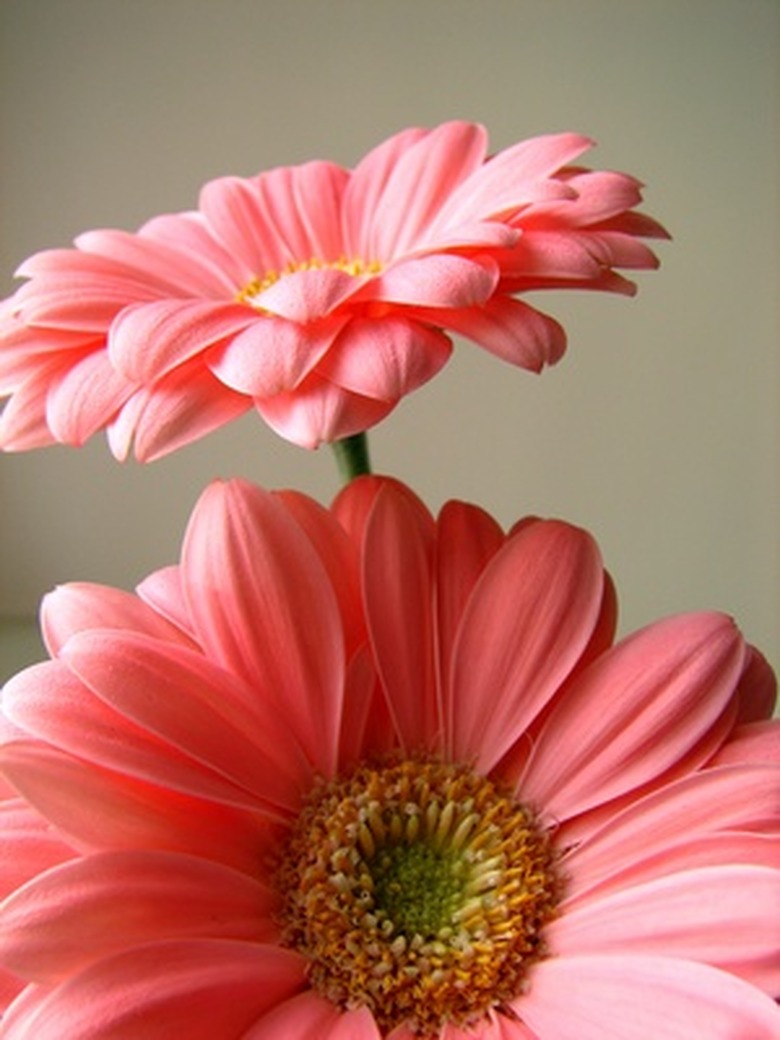How To Preserve Flowers Without Drying Them
Dried flowers, while attractive, look nothing like the real, living thing. If your goal is to preserve flowers in a way that brings more of a fresh splash into your home or event, other methods are available, including wax and glycerin—although glycerin is primarily suited for preserving foliage and flower stems.
Preserved flowers can be used in a variety of ways, such as for wreaths or table centerpieces. You can also preserve flowers to commemorate an important event, such as saving a wedding bouquet or flowers gifted as part of Valentine's Day.
Here are some DIY flower craft ideas for flower preservation that do not result in dried flowers.
How to Preserve Flowers With Wax
Wax-dipped flowers don't last indefinitely as dried flowers would, but they do extend the fresh flower look for about six months, retaining the original color and form. You can use paraffin wax or soy wax. Some people prefer soy wax because its melting point is lower, and you can easily clean it up using just soap and water.
Tip
Wax preservation works only on the flower itself because a stem is too soft and delicate in most cases to retain its shape, even when waxed. After dipping the flower and allowing it to dry, cut off the stem and use the flower in an arrangement that features the bloom.
The process is simple. Wait to cut flowers until they are in full bloom and look just the way you want them to look. Depending on the types of flowers you are preserving, try to retain long flower stems so you can easily dip them into the wax. For example, if you are working with roses or tulips, shoot for a stem length of about 8 to 10 inches.
Paraffin Wax
Heat the paraffin wax with mineral oil in a double boiler at a ratio of 1 pound of paraffin to 1/3 cup of mineral oil. Heat to 138°F, dip the flower, immediately remove it and then dip it into ice water.
Set it upright to dry or hang it upside down, depending on the shape of the flower and the strength of its stem.
Soy Wax
Because soy wax has a lower boiling point, you can prepare the solution in a microwave rather than on the stovetop. Fill a microwave-safe container with soy wax flakes and microwave for about 2 minutes. Remove the container and stir. If any flakes remain unmelted, return the container to the microwave for a few more seconds.
Tip
The wax should be about 100°F, which you can determine using a candy thermometer. If the wax appears cloudy, it has cooled too much; pop it into the microwave again for a short time.
Tip the flower heads into the solution and then set them upright or hang them upside down. You can also place them onto wax paper to dry, but they will retain their form better if they are not on their side.
After the wax has cooled, cut off the stem.
How to Preserve Leaves and Stems With Glycerin
Glycerin is not well suited to preserving flowers, but it's quite effective for stems and foliage. Glycerin replaces the moisture in a leaf or stem so that it retains its color and texture in many cases.
Tip
This is not a quick process. Glycerin-preserved foliage needs to soak in the glycerin solution for two to six weeks.
When using glycerin, avoid watering or irrigating your plants for a few days; then, harvest the stems and foliage just before you will use them. The goal is for your plant material to be dry because then it will absorb more glycerin.
Harvest stems 4 to 6 inches longer than you think you'll need. Using a hammer, carefully crush the bottom few inches to break the cell walls to maximize glycerin uptake.
Prepare the Glycerin Solution
The size of the stem dictates the amount of glycerin to use:
- Thin leaves and stems: 1 part glycerin to 3 parts water
- Medium leaves and stems: 1 part glycerin to 2 1/2 parts water
- Thick leaves and stems: 1 part glycerin to 2 parts water
Heat the water in a saucepan to 150 to 180°F. Then add the glycerin in your selected ratio and cool to 80 to 100°F, using a candy thermometer to test.
Soak the Foliage
Pour the glycerin mixture into a container, such as a one-quart milk or juice jug, and pop in the stems, ensuring the crushed ends are completely submerged.
Now, wait. Depending on the amount of foliage or the size of the stems, it may take two to six weeks for the stems to take up the glycerin. You are looking for them to turn slightly brown, although if you want to retain a deeper green color, add food coloring to the solution. As the level of solution dissipates, add water.
